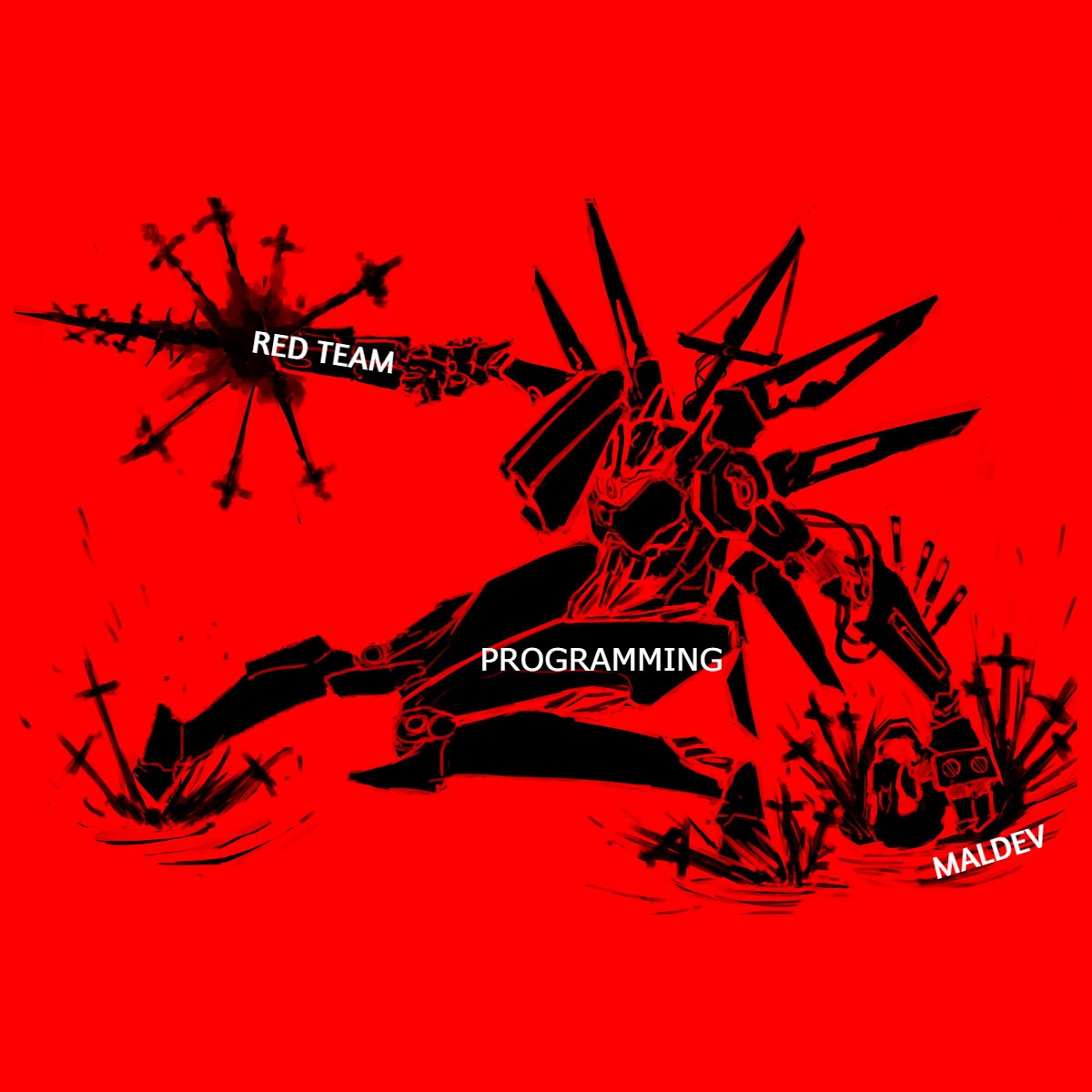The Art of Learning Programming for Red Teaming and Cybersecurity

Hello Friend, It's Me, 5mukx!
Welcome to the advanced realm of red teaming, where programming isn't just a skill—it's a weapon. This guide will walk you through the essentials of developing tools for red teaming, focusing on programming techniques that give you a competitive edge in cybersecurity.
1. The Importance of Programming in Red Teaming
Red teaming means playing the adversary to strengthen defenses. Here's why programming is critical in this role:
- Custom Exploits: Off-the-shelf tools won't always cut it. Coding your own exploits lets you target specific vulnerabilities with precision.
- Automation: Manual attacks are tedious. Scripts and programs automate repetitive tasks, saving time and effort.
- Reverse Engineering: Dissect software or malware through code to understand its mechanics—or bend it to your will.
2. Choosing the Right Programming Languages
Selecting languages that balance performance, control, and usability is key. Here's a breakdown of top choices:
- Python: Perfect for rapid prototyping, scripting, and automation.
- PowerShell: Excels in Windows environments for post-exploitation.
- Bash: Essential for Linux scripting and system management.
3. Setting Up Your Development Environment
A robust setup ensures security and efficiency. Key components include VMs (Kali, Windows), IDEs (VS Code, Rider), Debuggers (GDB, WinDbg), Network Tools (Fiddler, Wireshark), and C2 Frameworks (Cobalt Strike, Mythic).
4. Core Concepts for Tool Development
Master these fundamentals: Memory Management, Network Programming, Scripting, Cryptography, and OS Internals.
5. Developing Your First Red Team Tools
Start with practical projects like a Keylogger, Port Scanner, Web Shell, or Password Cracker to build foundational skills.
6. Advanced Red Teaming Techniques
Elevate your skills with Exploit Development (Buffer Overflows, ROP), Payload Obfuscation, Privilege Escalation, and Adversary Simulation.
7. Ethical Considerations and Legal Frameworks
Stay compliant by securing written permission, understanding relevant laws (CFAA, GDPR), and using legal platforms like Hack The Box for practice.
8. Community Engagement and Continuous Learning
Stay connected by contributing to open-source projects, participating in CTFs, and following industry blogs and conferences.
9. Conclusion: The Path Ahead
Red teaming is a journey of continuous learning. Your tools will evolve, sharpening your cybersecurity expertise. The aim? To understand and secure systems.
Stay curious, ethical, and keep coding. See you on the flip side!
Legal Disclaimer
This content is for educational purposes only. Techniques, code, and information here are not endorsed for malicious use.